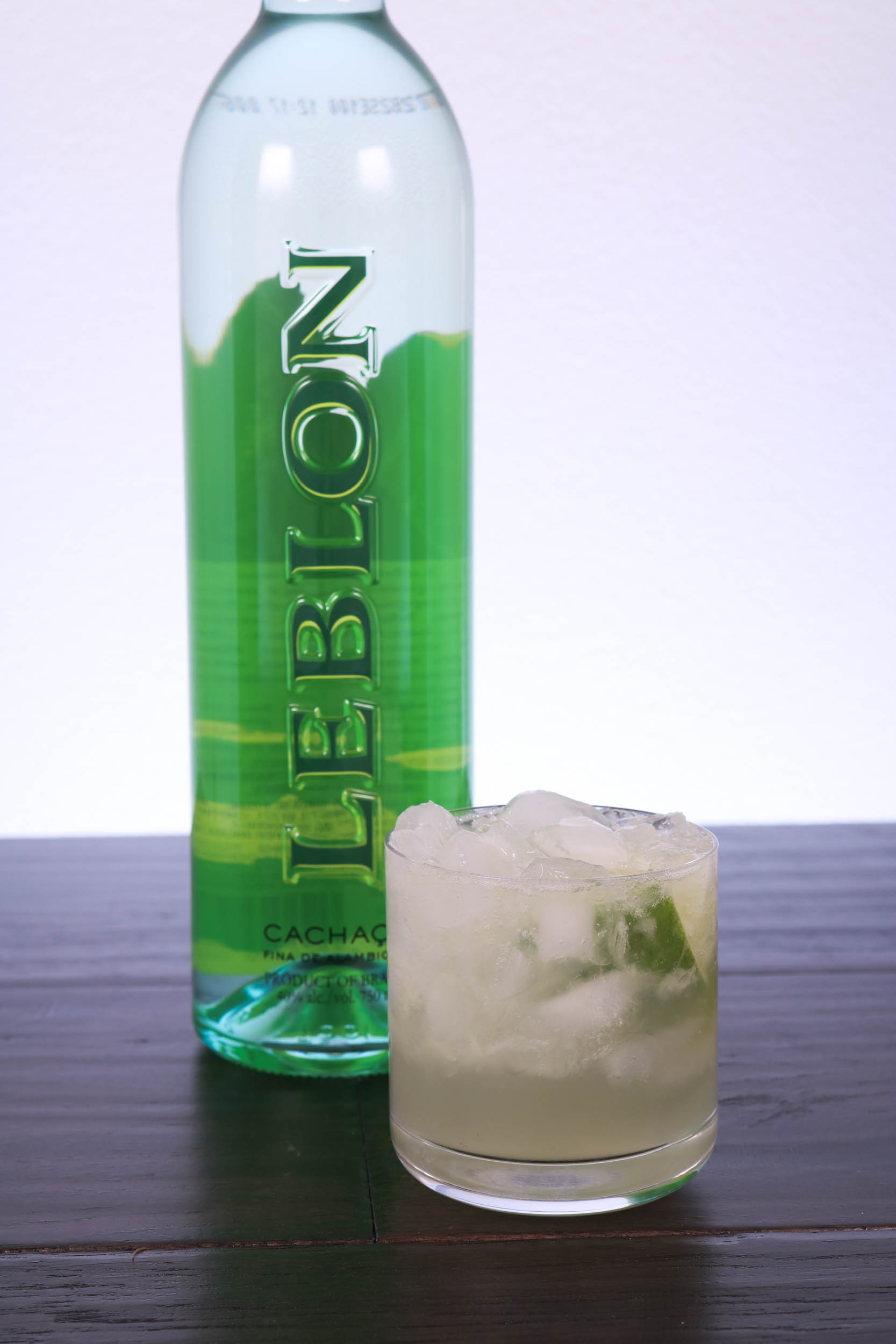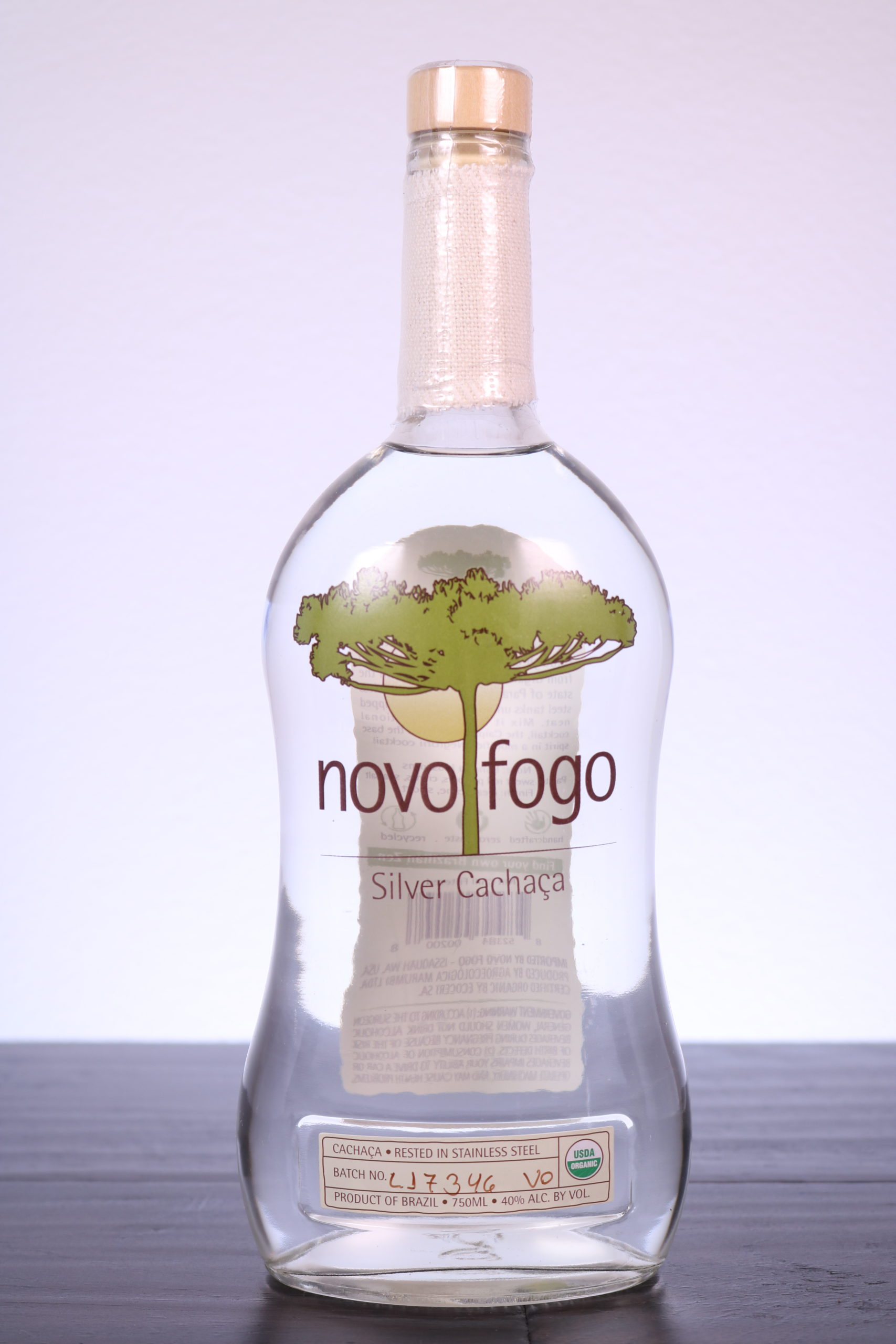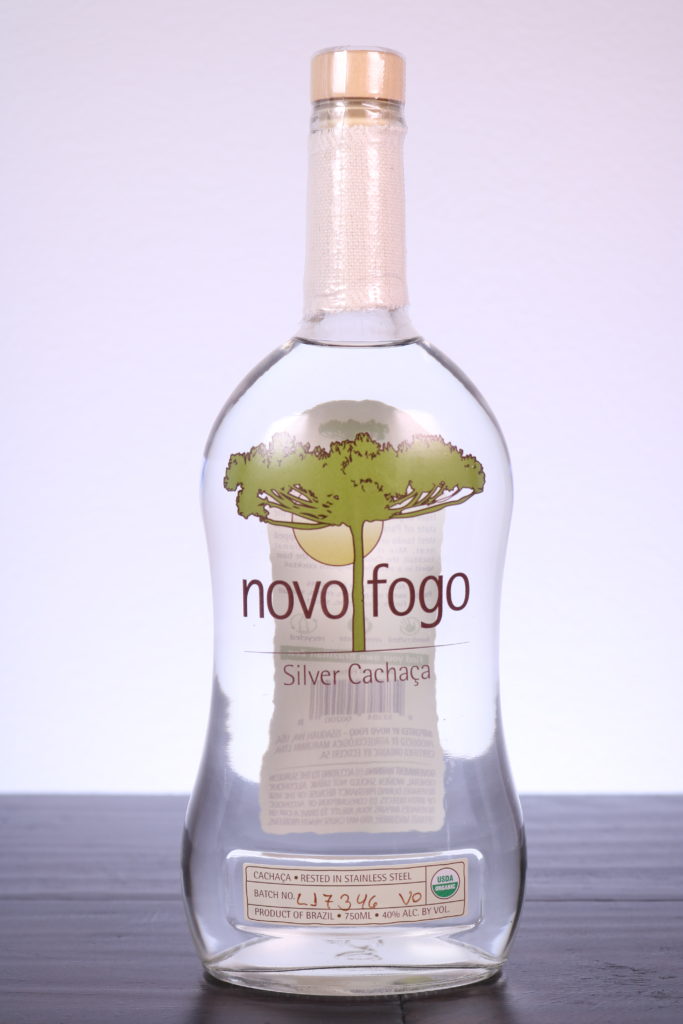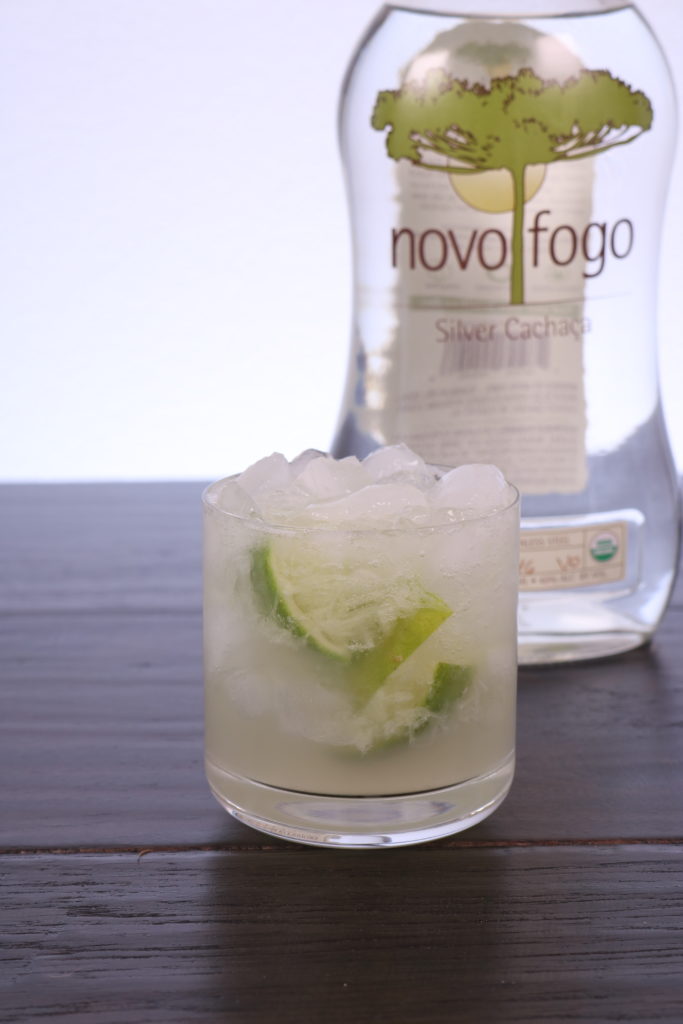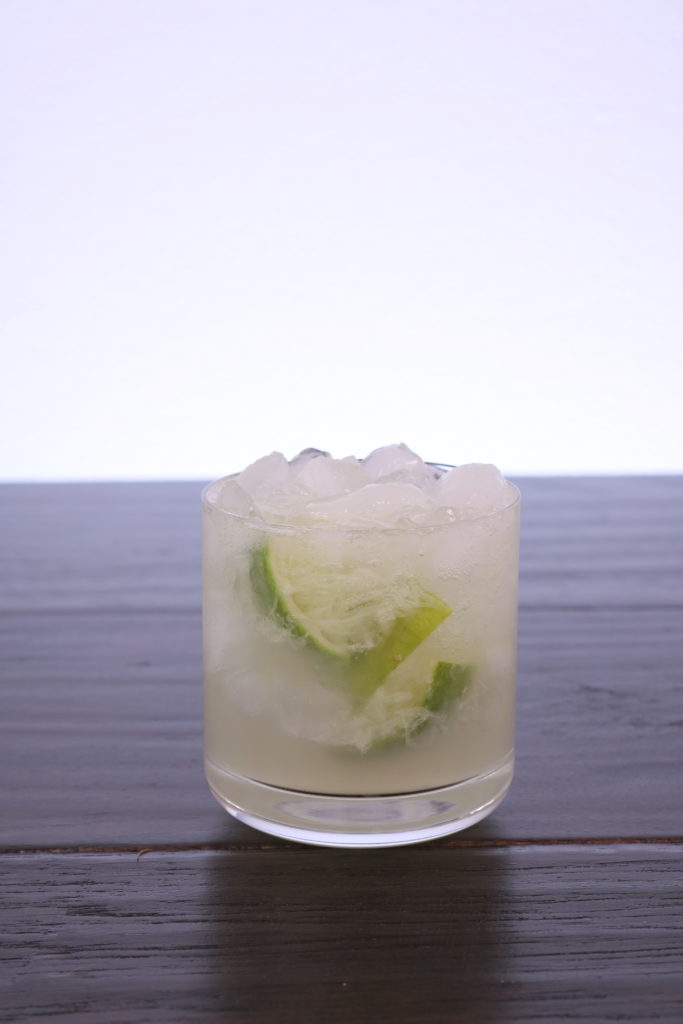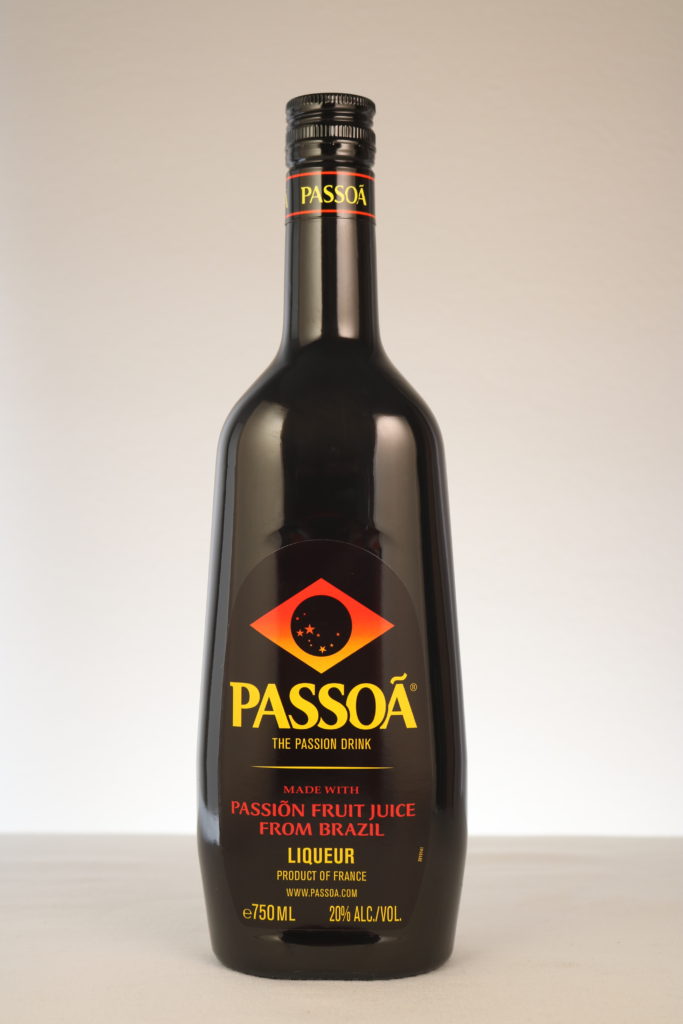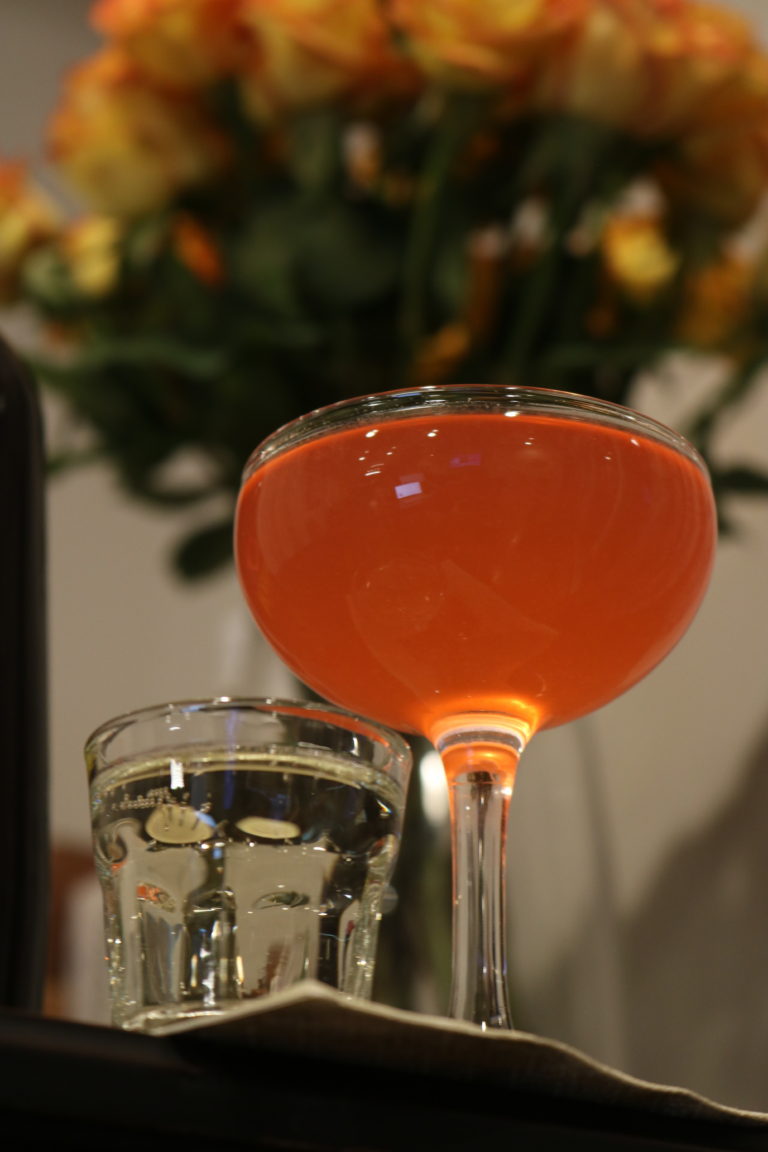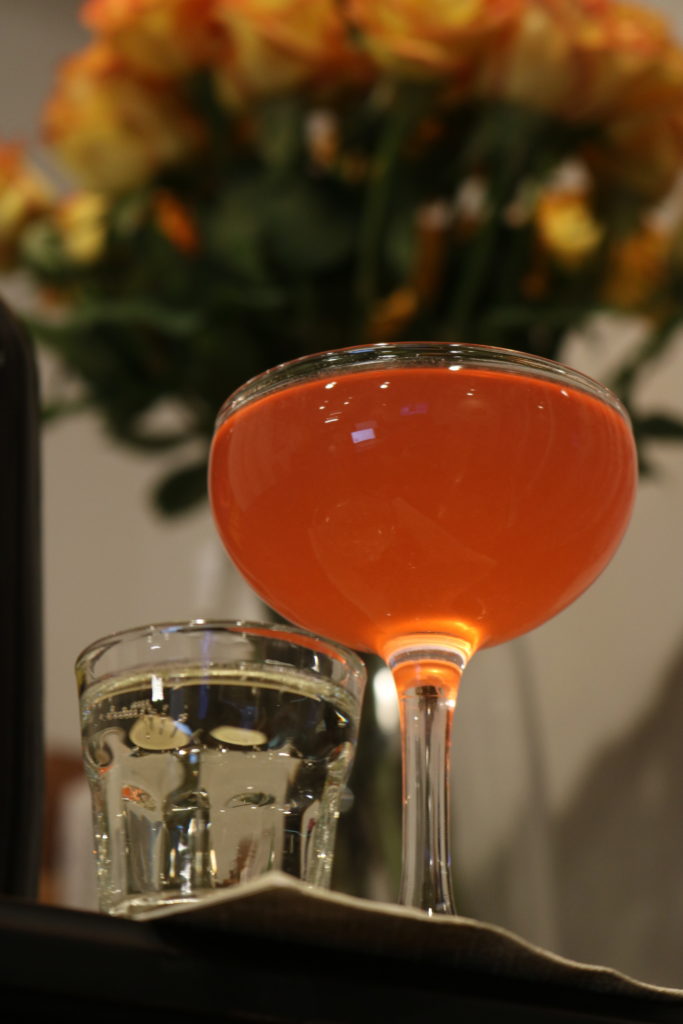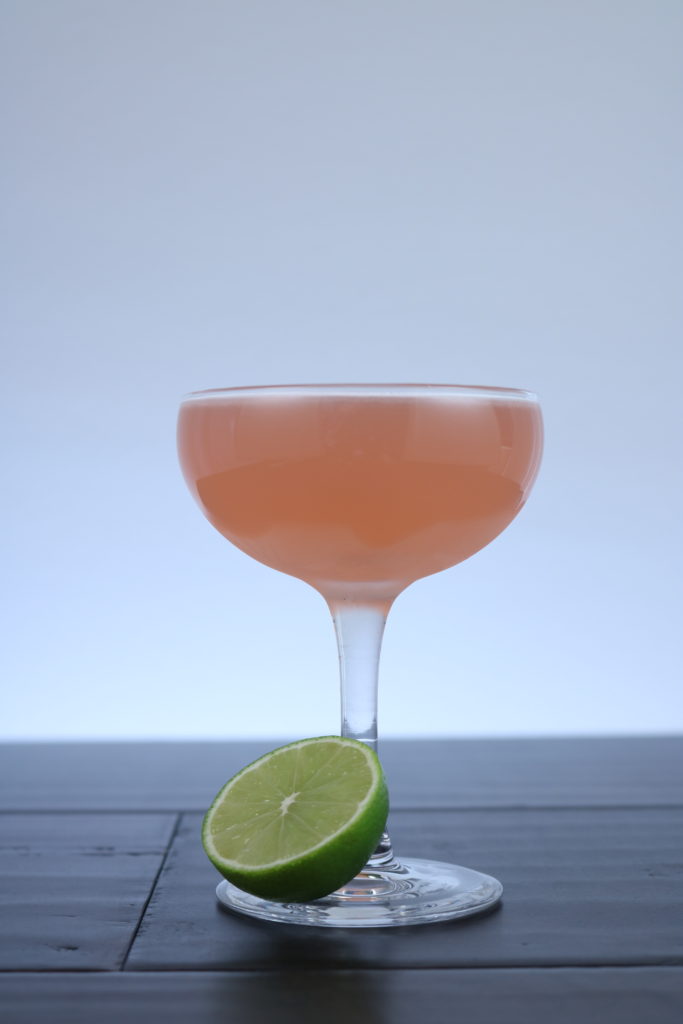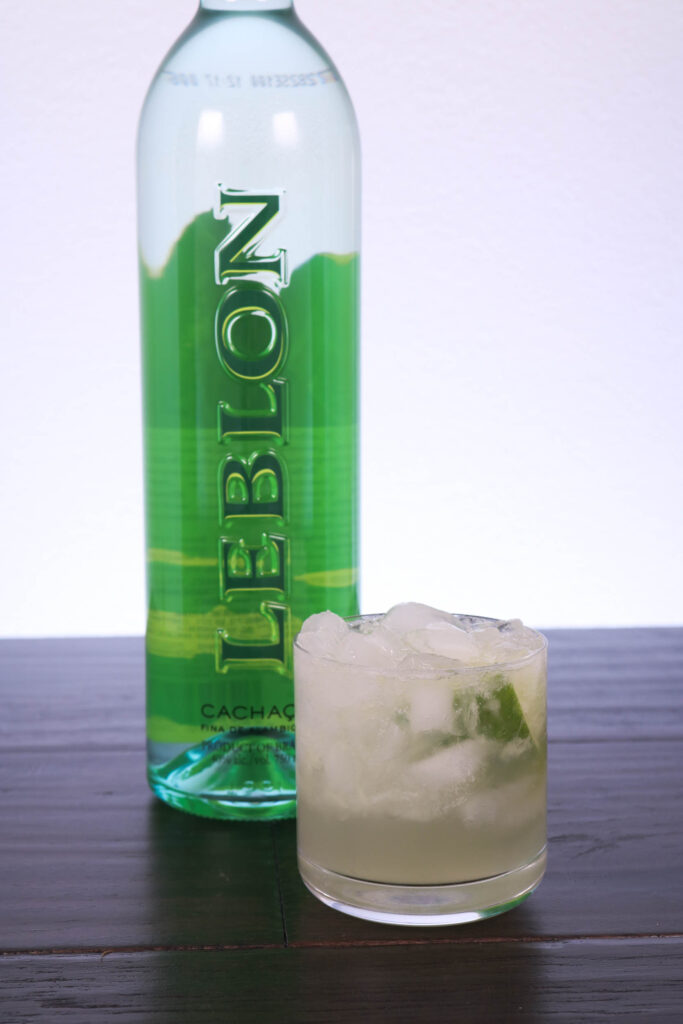
When you look at most menu’s, you’re libel to find the usual suspects as bases for drinks. You’ll definitely see your gin, whiskey, tequila, rum, and vodka. You might see wine or even an amaro based drink. Yet, unless you’re in a Brazilian restaurant or in Brazil, you’re unlikely to see one of the most consumed spirits in the world. Cachaça.
If you’re familiar with rum, and you open a bottle of silver Cachaça, you might feel like you’re drinking a rhum agricole. This is no accident, as both rhum agricole and Cachaça utilize fermented sugar cane juice in their creation. These of course aren’t the only regulations – as the TTB points out in their release, there’s a whole host of things that make Cachaça tick – including a regulation keep alcohol content between 38 and 48%. By the same release – it’s worth noting that Cachaça is also technically a rum.
In this case, you can think of Cachaça as an elevated subcategory of rum – like Cognac is to brandy.
Speaking of Cognac, Leblon Cachaça takes a bit of a different path to your shelf than Novo Fogo. Instead of being rested in stainless steel, Leblon ends up taking a trip to France via brandy cured casks that it’s aged in. So does this give it an edge?
Leblon Cachaça
Sight: Essentially colorless.
Smell: Fresh grass, ripe bananas, lightly press herbs, and a touch of vanilla raft out. There’s a slightly pithy citrus note present as well.
Sip: The body is light to moderate, and the texture is slightly viscous. There’s very little perceivable sweetness, but there are herbal and citrus notes that begin almost immediately, if faintly. There’s a defined funkiness here that’s decidedly green and herbal – but it also tightly binds notes of vanilla and light wood into it.
Savor: The finish is smooth, and prolonged. If you’re not a fan of the grassy, herbal, raw cane flavor – then you’re going to find this finish unpleasant. Notes of citrus and a touch of vanilla show up as it goes.
Let’s just be clear – I’d be hard pressed to sit down and enjoy consuming Leblon Cachaça neat. In fairness to Leblon Cachaça, that’s not really the point here. Rather – the flavors extract themselves well in cocktails, but maintain enough character to have a presence. This makes it a great choice when looking to try to craft new drinks or make classics like the Caipirinha.
For this reason, we keep Leblon as our go to crafting Cachaça.
In Caipirinhas
Leblon is very much citrus and sweetness forward in a classic Caipirinha preparation. Notes of vanilla and ripe banana come forward rounding out notes of lime sorbet and gently pressed herbs. The finish is brief, but carries a sweetness and pleasantly lime and vanilla ending.
Our Final Thoughts – Lebelon Cachaça
There’s nothing wrong with Novo Fogo, in fact, depending on the day – I can probably suggest either. That said, I’ve found that Leblon tends to have broader distribution, and more reliable to keep on hand, and comparable in quality.
